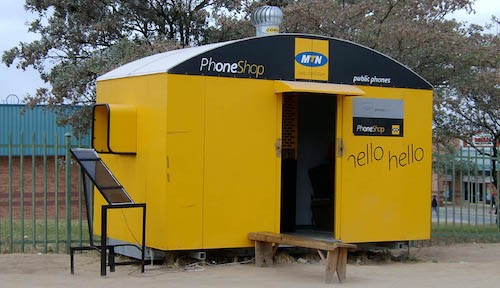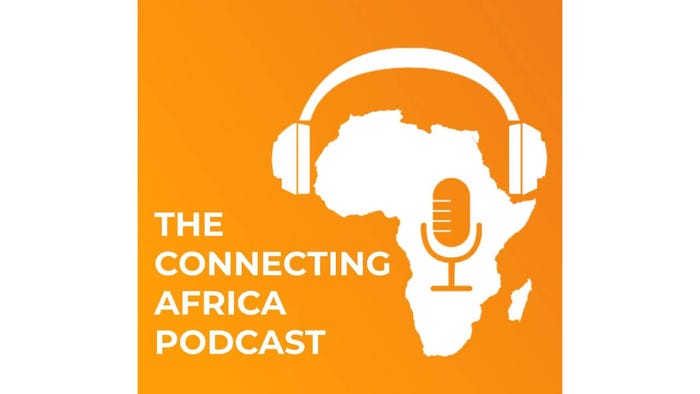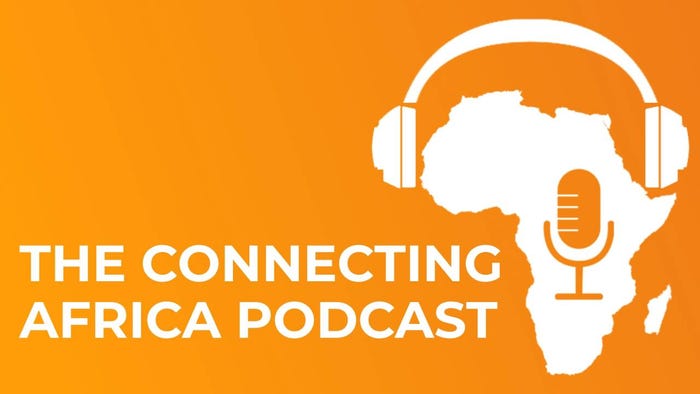MTN Turns to Huawei Tech to Address Spectrum CrunchMTN Turns to Huawei Tech to Address Spectrum Crunch
South African operator becomes the latest emerging-markets customer of Huawei's CloudAIR technology.

South Africa's MTN is using technology from China's Huawei that allows it to share spectrum between 2G, 3G and 4G services, instead of allocating resources entirely to one network.
The operator was today revealed to have commercially deployed the CloudAIR 2.0 offering in South Africa, where authorities have previously been slow to award new frequency licenses to the telecom sector.
Introduced by Huawei Technologies Co. Ltd. in late 2016, the CloudAIR technology allows an operator to shift spectrum between different network services as and when needed. (See Huawei Boasts Shared Spectrum Breakthrough.)
Previously, said the vendor, an operator would have been forced to "refarm" spectrum on a permanent basis, taking airwaves away from the 2G network to support newer 4G technology, for instance.
MTN Group Ltd. says CloudAIR will help to use its "limited" allocation of 900MHz spectrum more efficiently. As a result, it expects to achieve a 45% increase in 900MHz-based 4G throughput.
"Spectrum is an extremely precious asset," said Giovanni Chiarelli, MTN's chief technology and information officer, in a statement. "This new network optimization technique improves spectral efficiency and gives MTN the ability to deploy LTE within the same 900MHz band alongside GSM, UMTS and NB-IoT, while significantly improving LTE coverage and experience."
The deal with MTN comes several months after Huawei unveiled India's Bharti Airtel as a CloudAIR customer. Like MTN, Airtel is using the technology with 900MHz spectrum to support 2G, 3G and 4G services. (See Huawei Helps Bharti Airtel Deploy GSM, UMTS & LTE on 900MHz Band.)
The technology evidently holds appeal in markets where operators face spectrum constraints and may still be waiting for regulatory authorities to release additional frequencies into the market.
Conversely, it appears to have made limited progress in countries where the opposite holds true. Operators with sufficient spectrum to support 4G services for the foreseeable future may see little need to channel funds into another network technology.
South African authorities were earlier this year reported to be eyeing March 2019 as the date for the country's next frequency auction. Operators have complained they desperately need airwaves to provide higher-speed mobile broadband services to consumers and business customers.
— Iain Morris, International Editor, Light Reading
_(1).jpg?width=700&auto=webp&quality=80&disable=upscale)
_(1).jpg?width=700&auto=webp&quality=80&disable=upscale)
.jpg?width=700&auto=webp&quality=80&disable=upscale)

.jpg?width=700&auto=webp&quality=80&disable=upscale)
.jpg?width=700&auto=webp&quality=80&disable=upscale)
.jpg?width=700&auto=webp&quality=80&disable=upscale)
.jpg?width=700&auto=webp&quality=80&disable=upscale)
.jpg?width=800&auto=webp&quality=80&disable=upscale)


.jpg?width=700&auto=webp&quality=80&disable=upscale)